|
Color Combination for Home InteriorThis article was written in response to requests for successful color combination tips. Let’s start with the color wheel which consists of primary colors (red, blue, yellow), secondary color (green, orange, violet), and tertiary colors (red-blue, blue-red, and so on). 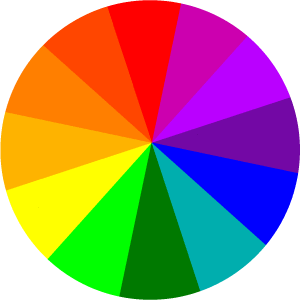
Some Color TermsBefore we look at the various ways to put color together, let’s also learn some commonly-seen terms. We recognize colors, or hues, may vary in their intensity. The primaries, secondaries, and tertiaries represent colors at their full intensity. Adding white will form a tint, black will create a shade, while gray will give you a tone. Thus, tinting will give color a lighter color while shading makes it darker. Types of CombinationComplementary ColorsLet’s put the color wheel to work. The first type of combination uses complementary colors. That is, colors that lie opposite each other on the color wheel. For example, red and green. But wait, isn’t that combination a little too intense for a room? Yes, but consider a rosy pink room with sage green accents. This is when ‘tint’ and ‘shade’ comes into play. Looking at the 2 examples below, you can see how the same complements in varying intensities can make attractive, soothing combinations.
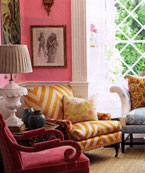
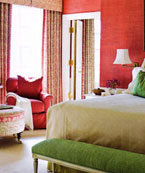
Monochromatic Color CombinationAlternatively, consider the monochromatic color scheme, a favorite amongst contemporary interior designers. This involves using one color in a variety of intensities. That way, your room’s color scheme is sure to be harmonious. When developing a monochromatic scheme, lean toward several tints or several shades, but avoid too many contrasting values – that is, combinations of tints and shades. This will make the scheme appear uneven.
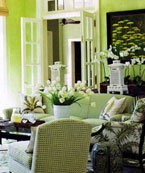
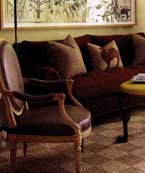
Three or More ColorsA more complex palette would involve three or more colors, formed by three equidistant colors such as red/yellow/blue or green/purple/orange (see below). 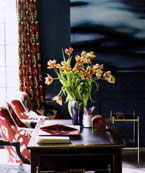
Split ComplementA split complement is composed of three colors, one primary or intermediate and two colors on either side of its opposite. To illustrate, instead of teaming purple with yellow, shift the mix to purple with orange-yellow and yellow-green.
Tetrad CombinationLastly, consider also the tetrad, which is four color spread equally around the wheel, such as yellow/green/purple/red. If you think this color combination seem too much, remember that colors for interiors are rarely undiluted. Thus yellow might be cream, blue-purple, a dark eggplant; and orange-red, a muted terra-cotta or whisper-pale peach. With less jargon, the color combinations fall into these two basic camps: • Harmonious, or analogous, schemes, derived from nearby colors or the wheel – less than halfway around; and • Contrasting, or complementary schemes involving direct opposite slices of the color pie Refer to additional information below pertaining to using interior color: I also came across this site that gives more in-depth color coordination tips. While it pertains to men’s fashion, the tips on color combination work just as well for home interior. Click here to return to the top of color combination
Living Room | Dining Room | Bedroom | Kitchen | Bathroom |
Space Organization | Home Lighting | Home Decor Fabric |
|



